There is a strong element of ‘own label’ marketing that has led to the fast-track growth of value brands in a number of markets, not just those enforced by governmental frugality. Take the retail food sector as a prime example. While the Marks & Spencers and Waitroses of that world will always satisfy the individual seeking more taste, greater consistency and a belief that paying a premium rate enhances life balance, the Aldis and Lidls have doubled their supermarket share.
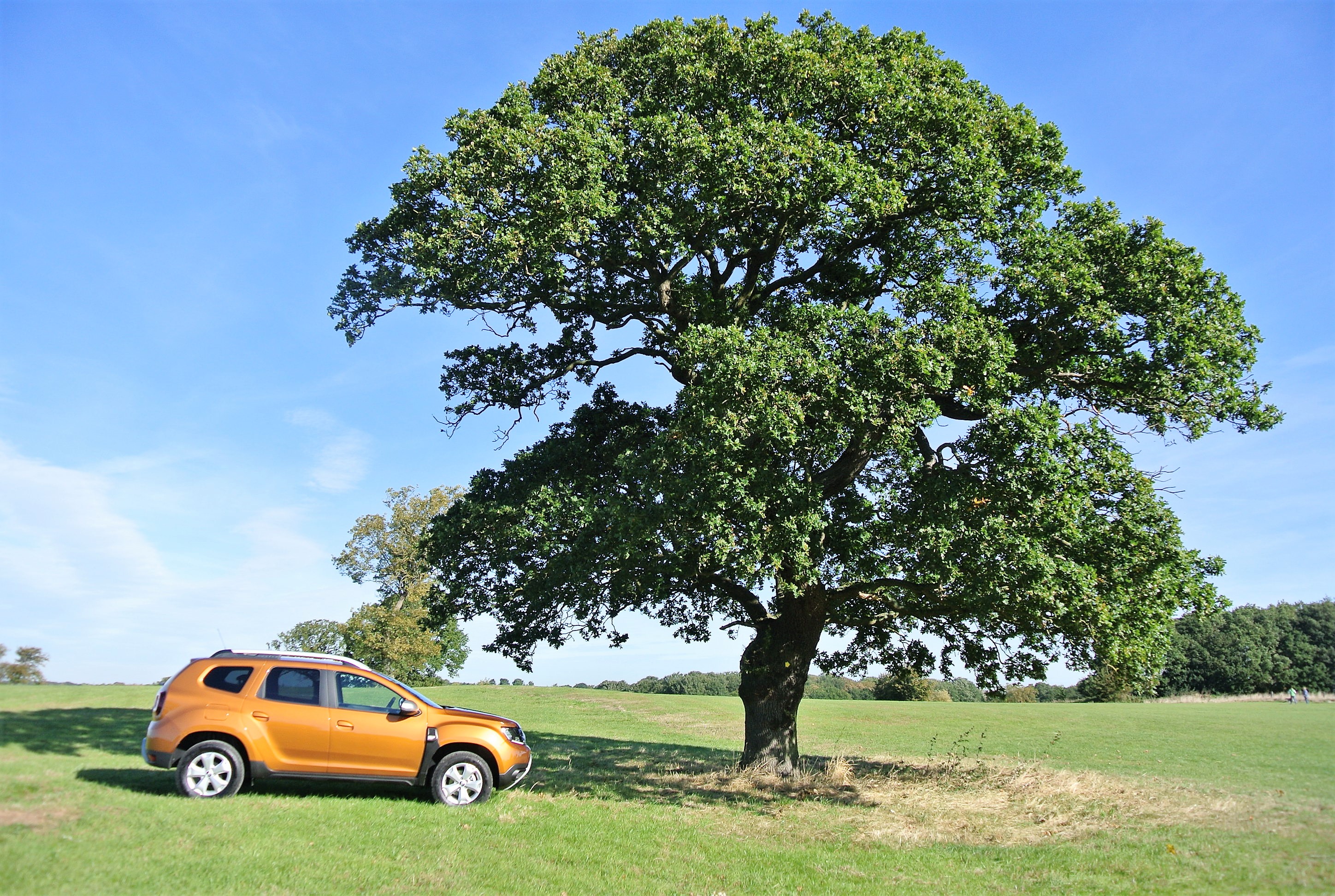
Of course, it helps that both of the latter brands have first-class public relations support, which ensures that various food and taste awards have fallen their way, by which to prove irrefutably that low prices do not equate to low quality. Having said that, Waitrose, in particular, has also experienced a near doubling of its share of the groceteria market in the UK, which confounds the theory that consumers desire bargains, even when market forces are squeezing every last ounce of value from our post-taxation currency.
It could be said that Forces Cars Direct (FCD) is delivering an Aldi/Lidl class of retailing to the motorcar business, were it not for the fact that it manages its sector of the market by reliance on the high per-unit profit margins inherent to motor vehicles, passing-on the benefits to its Armed Forces niche. Fortunately, FCD also gains positive recognition by judicious marketing and managing its less significant profit share with extreme care. Even though the Dacia brand is heralded as a low-profit one, by building its cars in Romania, Renault benefits from markedly lower unit costs, due to significantly lower salary expectations.
If Dacia has one stand-out model in its present range, it is the Duster SUV. With list prices starting at a cool but maybe un-cool sub-£10k (the mid-range, 2WD petrol version tested being only £13,195), prior to FCD discounts being applied, joining the effervescent sector, whether attracted by looks, or not, is a seriously cost-effective proposition. That Duster is moderately tall and possesses the appearance of a Tonka Toy is grist to the mill but it is certainly not lacking in character and manages to carry off its budget aspirations with a nicely proportioned stance and just about enough pizzazz that potential customers do not feel short-changed in any way.
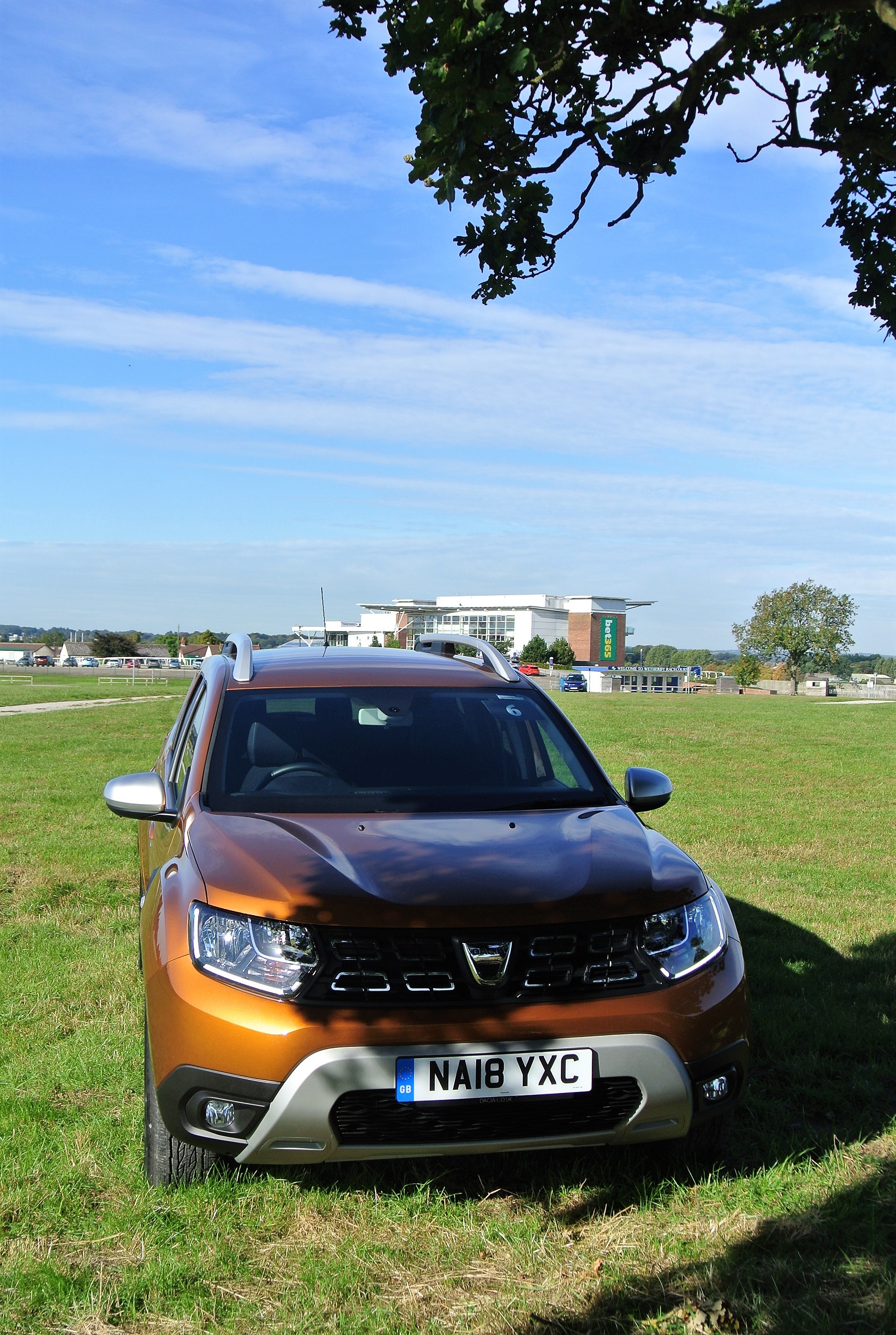
Naturally, £13k is still a hefty price for some people to deal with but in the whole scheme of SUVs and crossovers, its only near rival is the soon-to-be-launched Suzuki Jimny, which, by comparison, is an altogether more serious off-road product, with a different set of pretensions…but even it will carry a price tag some £3k-£4k costlier. Is it a better car? For what it does, yes, but that is not to disparage the overall competence of the Duster.
There is the poverty/UN-spec, entry-level Duster that is price-tagged at a headline-grabbing £9,495 but very few buyers are going to be drawn to it, unless they are prepared to wait for delivery and only intend to use it as a runabout that can be maltreated and disposed of with scarcely a second thought (a 4x4 version costs an extra £2,000). It is the creature comfort-satisfying and off-road capable Prestige 4x4 model (£16,395) that grabs at consumers’ wallets and I have to say that I comprehend the attraction totally.
While the original Duster was perfectly acceptable, the latest version feels altogether more competent. It is nicely screwed together, is comfortable and refined and delivers a useful raft of dynamic capabilities. The test car’s 1.6-litre 115bhp four-cylinder petrol engine is typical Renault fayre. Not the punchiest unit, as the 1.2TCe 125bhp turbo-petrol variant serves that purpose, it can still despatch the 0-60mph benchmark in a modest 11.9s, with a maximum speed of 115mph. It can return a decent 43.4mpg but emits 149g/km CO2, which equates to £205 for first year road tax, although the standard £140 annual rate applies thereafter.
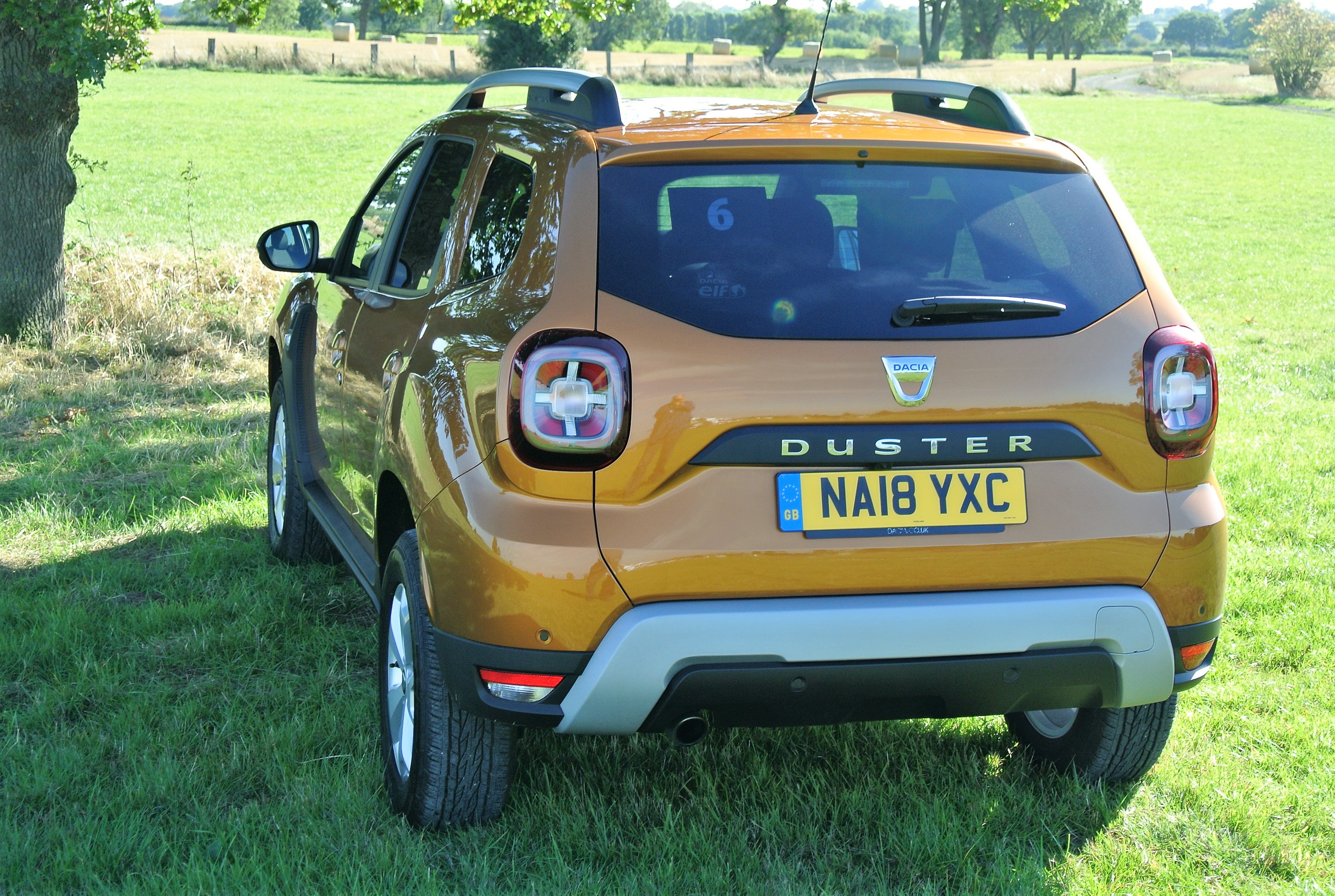
If the Duster possesses one over-arching and highly desirable character trait, it lies in its honest and pretension-free presence. As long as you are not seeking high-grade trimmings and equipment levels, the Duster delivers on several strata. It is affordable by any definition and the Renault underpinnings are not just tough and durable but they provide decent responses and commensurate comfort levels.
The car’s design is excellent. New headlamps and silver grille accents give the Duster a better-defined appearance, allied to the fresher LED daytime running-lights signature. The flanks of some higher-end SUVs are now decorated with louvres, vents and vanes and the latest Duster gains from its black plastic addenda that gift the car a more focused appeal. However, the enhancements over the previous generation are more noticeable within the car.
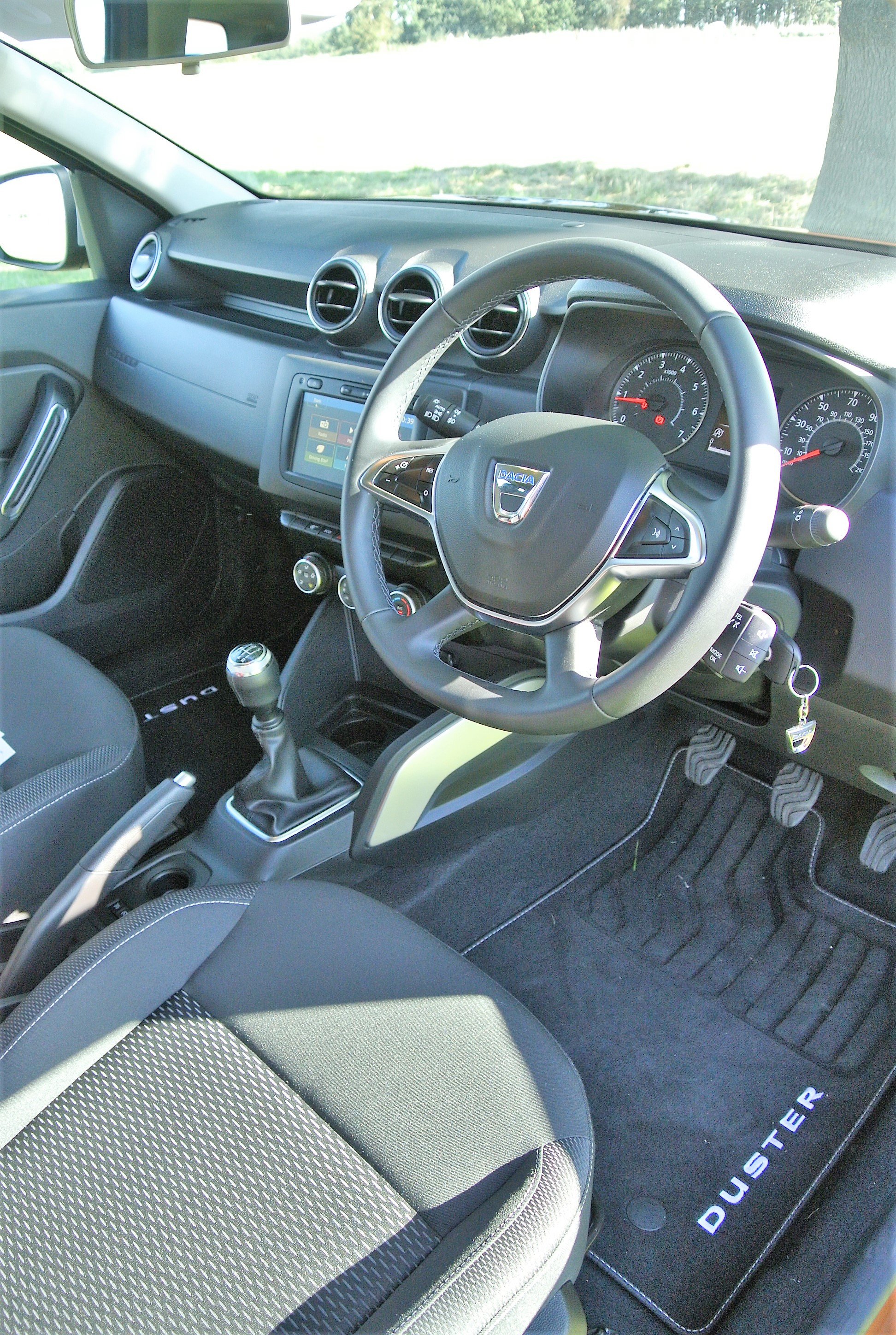
While a radio is an extra-cost item on the base version, in Comfort trim the Duster gains from a new touch-screen display that mates-up with the user’s mobile-phone to provide a comprehensive suite of connectivity. The interior, while narrow for larger occupants, is significantly better equipped and the seats benefit from better padding and a greater range of adjustment. The cabin is also much more refined, thanks to more than doubling the amount of sound-deadening materials, introducing better sealants and thicker glazing. Meanwhile, boot space has been increased to 445-litres, while flopping forwards the rear seatbacks almost trebles the available load area.
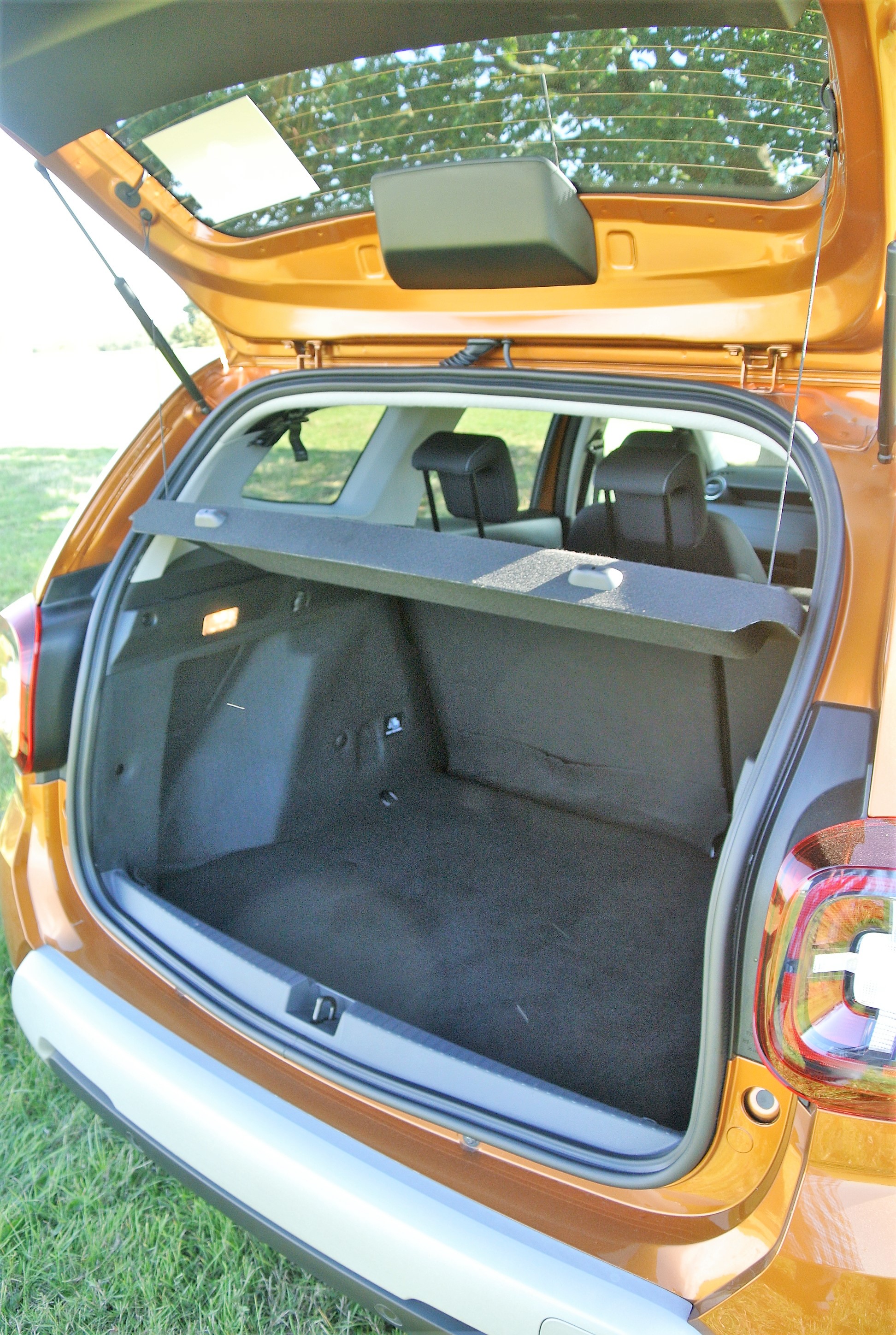
As already highlighted, if you really need 4WD, it is available but 2WD will save you a lot of cash, not least on the running costs front and, thanks to standard stability and traction control, there is more than adequate ground clearance to allow a modicum of soft-road progress. No longer does the Duster feel like a slightly crude and unsophisticated alternative to high-price European models, as it drives rather well.